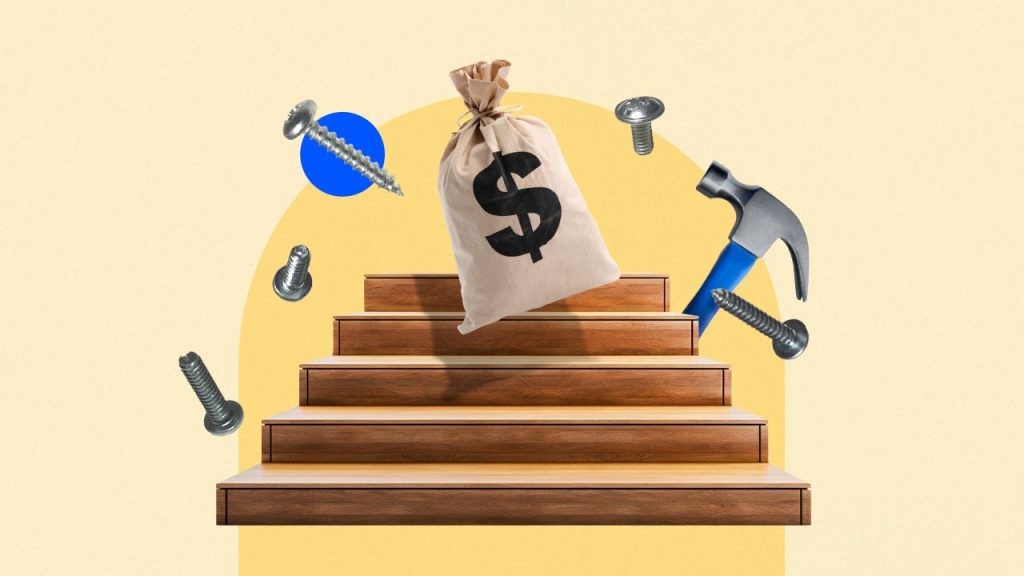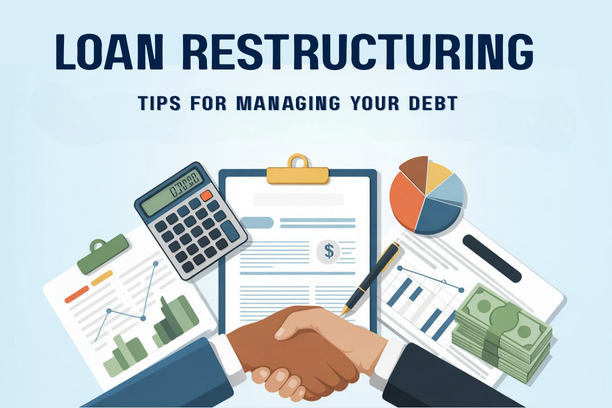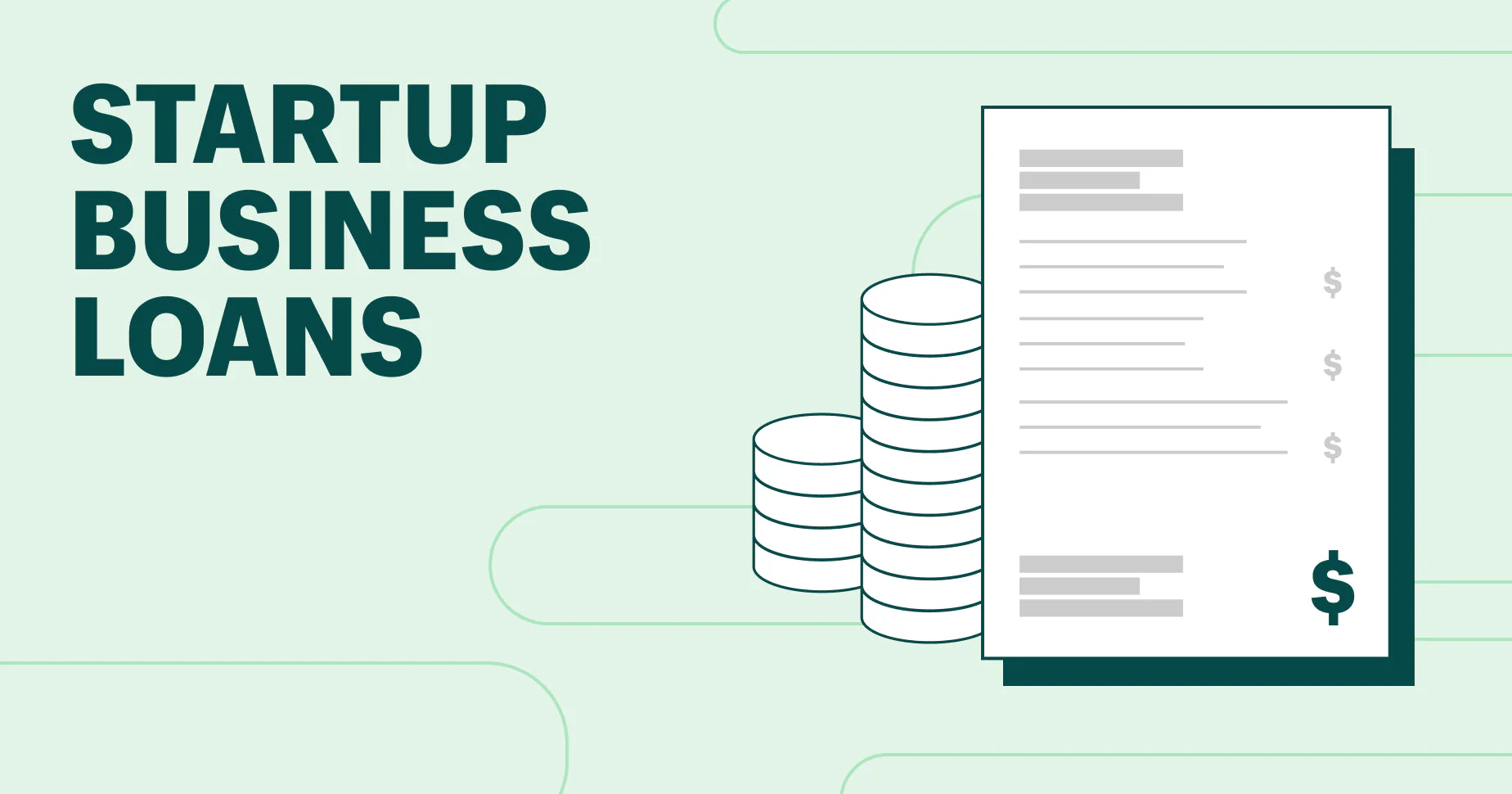Building your own home from the ground up is an incredibly rewarding experience, offering you complete control over the design, layout, and materials. However, the path to a custom-built home comes with a unique set of financial challenges. Unlike buying an existing property, where the loan is typically disbursed in one lump sum, financing your home construction requires a specialized approach. The funds are released in stages, and the process demands a meticulous project plan and a reliable lending partner. This comprehensive guide will walk you through the best loan options available in the Philippines, detailing the phased disbursement process and providing a complete checklist to ensure your home construction project is a success.
1. The Unique Challenge of Financing Your Home Construction
A construction loan is fundamentally different from a standard home purchase loan. Understanding these distinctions is the first and most critical step in preparing for your project.
Why a Construction Loan is Different from a Purchase Loan
The primary difference lies in the nature of the collateral and the disbursement of funds. In a standard home purchase, the property already exists, has a set value, and can be used as immediate collateral. In a construction loan, the collateral is the land and the house to be built, which increases the lender’s risk.
- Phased Disbursement: The most significant difference is how the loan amount is released. Instead of a single lump sum, a construction loan is disbursed in stages, known as tranches. The lender releases a portion of the loan (e.g., 20% to 30%) at various milestones of the construction (e.g., completion of the foundation, framing, roofing, etc.). This phased release of funds is a crucial risk management tool for the bank, as it ensures that the loan amount is used for its intended purpose and that the project is progressing as planned.
- Project Timeline: A construction loan is tied to a specific timeline. Lenders will require a detailed project plan from your architect and contractor, including a Bill of Materials and a schedule of completion. Delays can impact the loan’s terms and may require an extension, which could incur additional fees.
- Dual Collateral: A construction loan is secured not only by the land where the house will be built but also by the value of the ongoing construction. The lender will periodically send an appraiser to the site to verify the construction progress before releasing the next tranche of the loan. This dual collateral requirement adds another layer of scrutiny to the process.
Essential Financial and Project Preparations
Before you even apply for a construction loan, you need to lay the groundwork for your project. These preparations are essential for securing a favorable loan and for the overall success of your home-building journey.

- Secure the Lot First: You cannot apply for a construction loan without a lot. The land is the primary collateral. Ensure that you have a clean title for the lot and that it is fully paid. If you are still paying for the lot, you may need a different type of loan to cover the cost before applying for a construction loan.
- Vet and Hire a Reputable Contractor and Architect: Your contractor and architect are your most important partners in this journey. The bank will require a detailed proposal from them. It’s crucial to hire professionals with a proven track record, as their reliability and expertise can directly influence the success of your project and the speed of your loan’s disbursement.
- Create a Realistic Budget: Your budget should not only include the cost of construction but also a buffer for unexpected expenses. Construction projects are notorious for having unforeseen costs. A buffer of 10% to 15% of the total project cost is a wise and necessary provision. The bank will also assess the realism of your budget before approving your loan.
2. The Best Loan Options for Financing Your Home Construction
In the Philippines, the two primary options for financing your home construction are the Pag-IBIG Housing Loan and commercial bank home loans. Each option has its own set of advantages, catering to different financial profiles and project needs.
The All-In-One Solution: The Pag-IBIG Housing Loan
For many Filipinos, especially those in the low- to middle-income brackets, the Pag-IBIG Fund is the most accessible and affordable option for home construction financing.
- Low and Stable Interest Rates: Pag-IBIG’s interest rates are consistently lower than commercial banks, which can save you a substantial amount of money in interest over the life of the loan. As of 2025, their rates are highly competitive, with a 3-year fixed rate at around 6.250%.
- Flexible Terms and Conditions: The Pag-IBIG Housing Loan for construction is flexible, offering loan terms of up to 30 years, which helps to lower your monthly amortization. The loan can be used for both house construction and home renovation.
- Maximum Loanable Amount: Pag-IBIG offers a maximum loanable amount of up to PHP 6 million, which is often sufficient for many home construction projects. The actual amount you can borrow is based on your income, your Pag-IBIG contributions, and the project’s total cost.
- Consolidated Loan: A unique feature of the Pag-IBIG loan is that it can also be used to pay for the lot if you don’t own it yet, as long as it’s part of the total project cost. This allows you to consolidate your lot and construction financing into a single loan, simplifying your payments.
The Pag-IBIG Housing Loan is the ideal choice for financing your home construction if you prioritize affordability and have a clear project plan that fits within the fund’s requirements.
The Flexible Option: Commercial Bank Home Loans
Major commercial banks like BDO, BPI, and Metrobank also offer construction loans with their own set of advantages.
- Higher Loan Amounts: Commercial banks are often willing to lend a larger sum of money compared to Pag-IBIG, making them a suitable option for bigger or more expensive construction projects.
- Flexible Disbursement: While banks also use a phased disbursement process, they may offer more flexibility in the terms of the tranches, depending on the borrower’s credit profile and the project’s scope.
- Wider Range of Products: Banks offer a wider array of fixed-rate terms and products. You can choose a fixed-rate term of 1, 3, 5, or even 10 years, which allows you to lock in a stable interest rate for a longer period.
Commercial bank loans for financing your home construction are best for borrowers with a high and stable income, a strong credit history, and a need for a larger loan amount than what Pag-IBIG may offer.
3. The Application: Documents and the Phased Disbursement Process
A successful construction loan application requires a comprehensive set of documents that cover both the borrower’s financial capacity and the project’s feasibility.
![]()
The Complete Checklist for a Construction Loan
Beyond the standard personal and income documents required for any home loan, a construction loan has its own unique set of requirements.
- Borrower Documents:
- Duly accomplished Home Loan Application Form.
- Two valid government-issued IDs.
- Proof of Income (e.g., ITR, COE, payslips for employed; Audited Financial Statements for self-employed).
- Property and Project Documents:
- Copy of the Transfer Certificate of Title (TCT) of the lot.
- Copy of the Tax Declaration of the lot.
- Approved Building Plan or Blueprint, signed by a licensed architect or civil engineer.
- Building Permit from the local government (LGU).
- Bill of Materials (BoM) and Cost Estimates, signed by a licensed architect or civil engineer.
- Contractor’s Profile and License.
- Scope of Work and a Detailed Construction Schedule.
Having all these documents organized and ready is a critical step in streamlining your application and getting your project off the ground.
The Phased Disbursement: How the Loan is Released
The phased disbursement of a construction loan is a carefully managed process.
- Initial Disbursement (First Tranche): The first tranche, typically 20% to 30% of the loan amount, is released to the borrower after all legal documents have been signed and the mortgage has been annotated on the property’s title. This amount is used to start the construction, such as for the foundation and footing.
- Subsequent Disbursements (Second, Third, and Final Tranches): Before releasing the next tranche, the lender will send a third-party appraiser to the site to verify that the construction milestone has been met. For example, the second tranche may be released upon 50% completion (e.g., completion of walls and roofing), the third upon 80% completion (e.g., completion of plumbing and electrical rough-ins), and the final tranche upon 100% completion and occupancy permit issuance.
- Repayment: Your monthly amortization payments will typically begin a month after the final disbursement. However, some loans may require you to pay interest on the disbursed amount from the beginning.
Conclusion
Financing your home construction is a rewarding but complex endeavor that requires careful planning and the right lending partner. By understanding the unique nature of a construction loan, the crucial role of phased disbursement, and the specific documentation required, you can confidently navigate the process. Whether you choose the affordable and accessible Pag-IBIG Housing Loan or the flexible and high-value options from commercial banks, a well-prepared plan is your greatest asset. It will not only help you secure the financing you need but also ensure that your dream home is built on a solid foundation, both literally and financially.













